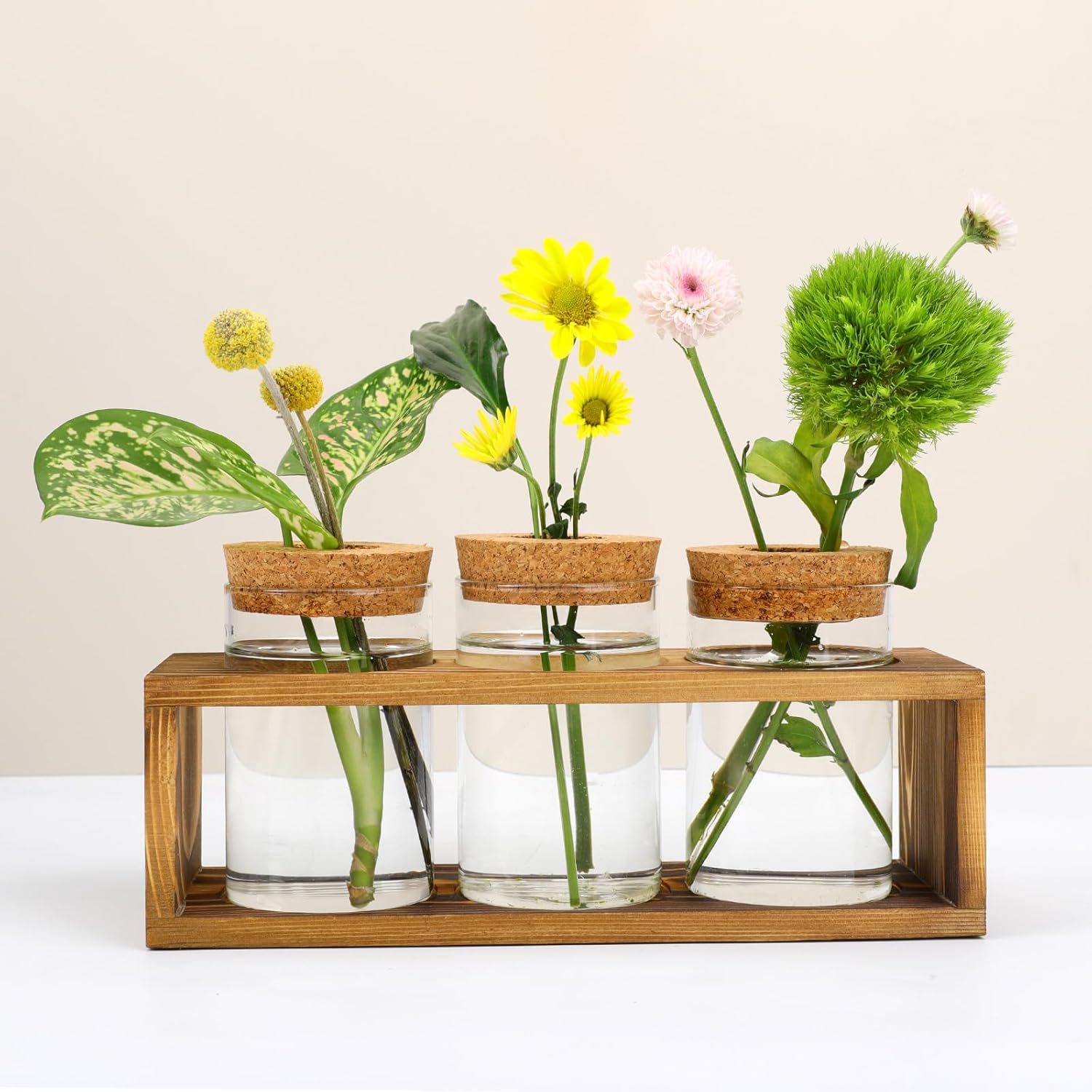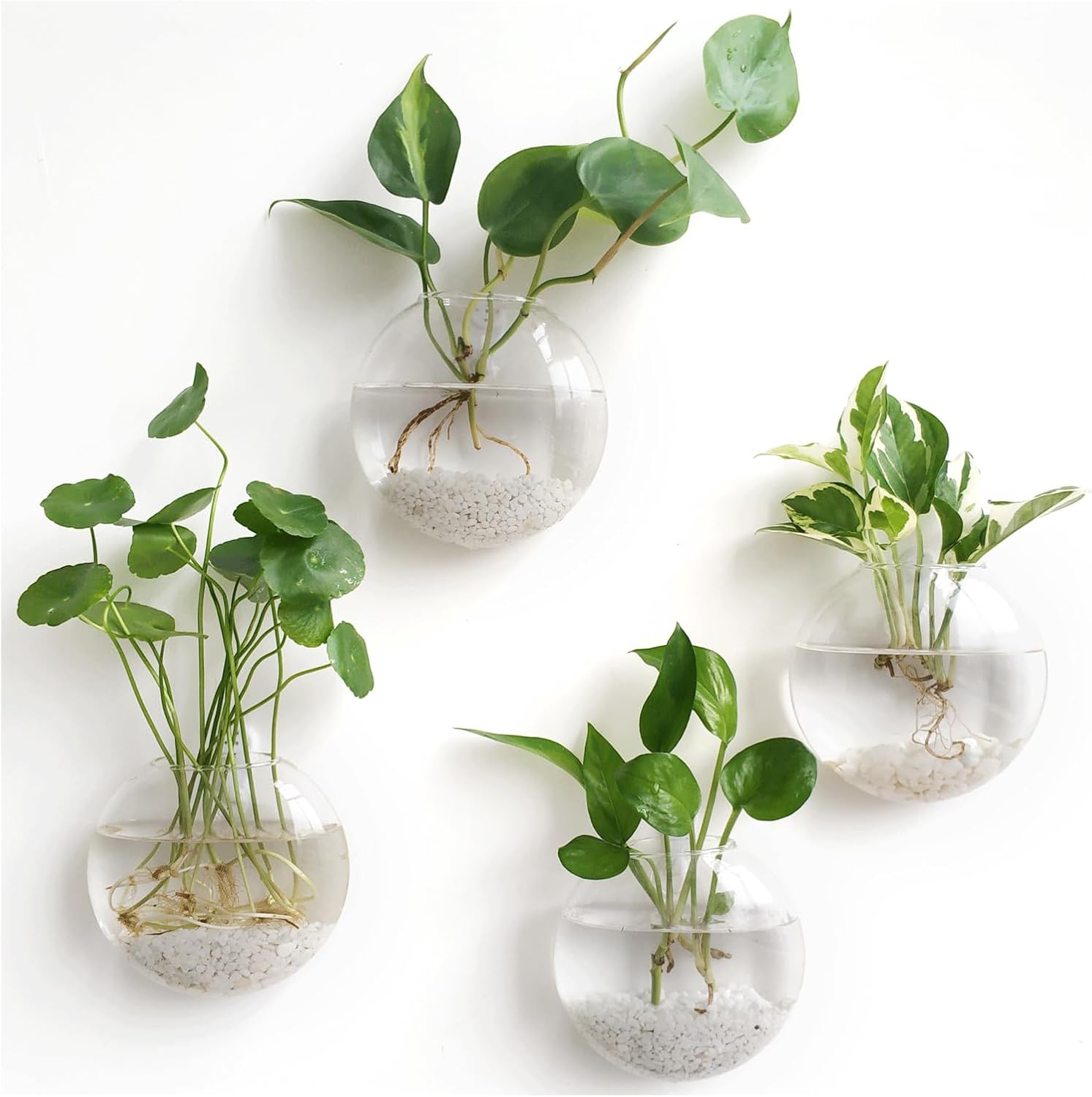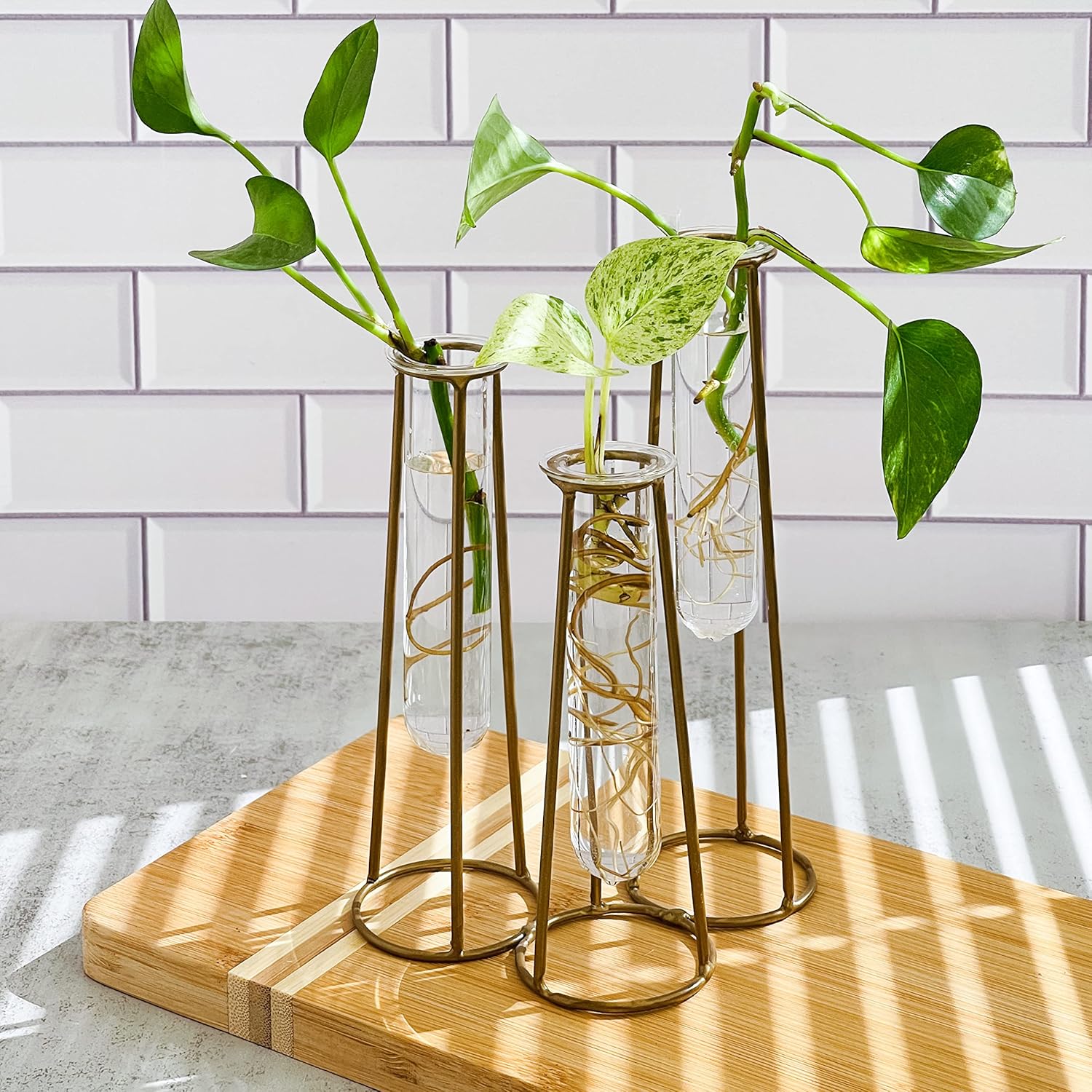I Write About Houseplants For a Living and These Are the 5 Most Stylish Propagation Station Ideas I've Ever Stumbled Across
Transform a corner of your home into a botany haven with these beautiful and effective propagation stations
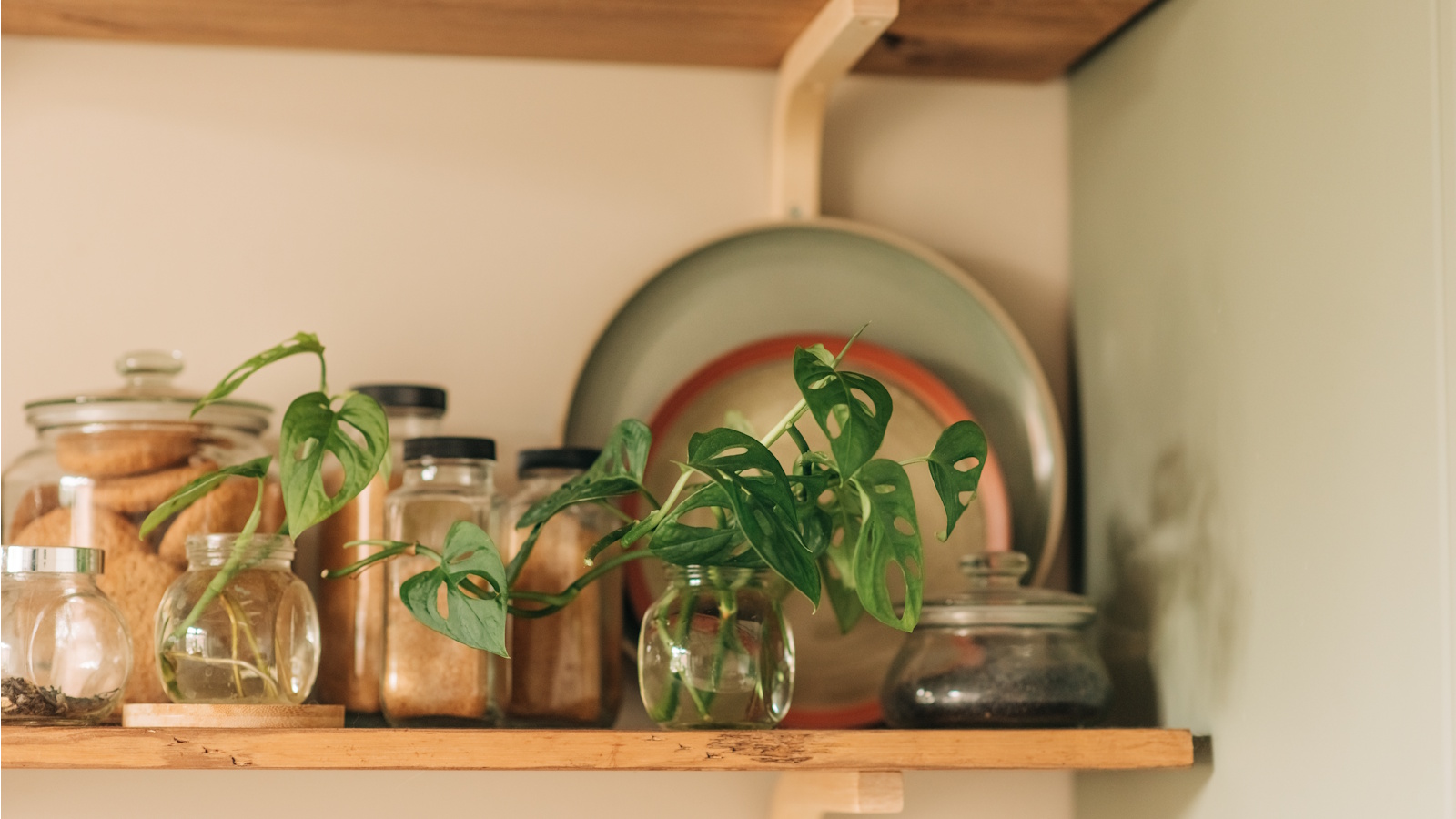

If there's one feature in my indoor garden that always sparks intrigue among my guests, it's my propagation station. Kitchen windowsill turned botany lab, it's an area of my home dedicated to multiplying houseplants. Not only does it serve a practical function, but it has also become a spectacle in itself and totally uplifted the greenery in my home.
Now is a great time to create a propagation station in your indoor garden, too – as we retreat indoors away from the cold weather, growing plants can continue indoors. And you don't need a lot of space to make a propagation station work. Whether you want to maximize vertical space with a hanging set-up, or have an abundance of bright windowsills to make use of, there are lots of ways to put a unique spin on this indoor garden essential.
As resident indoor plant expert here at Homes & Gardens, I've come across my fair share of beautiful and innovative propagation stations, many of which I have tried out myself. Here, I've compiled my top five to help inspire you.
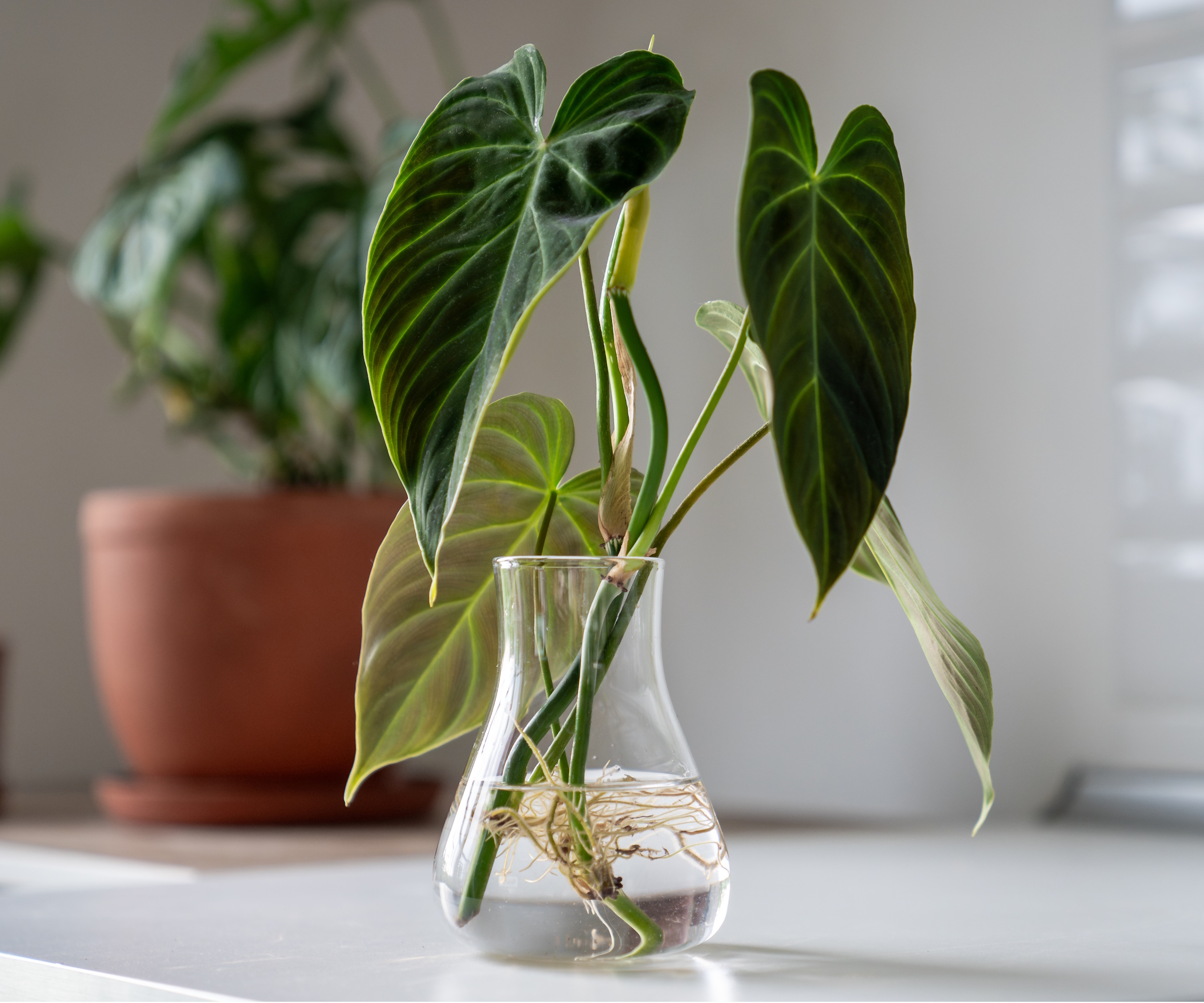
5 Stunning Propagation Station Ideas
If you aren't entirely familiar with a propagation station, it's essentially a type of indoor growing system. It usually comprises of clear vessels to grow houseplants from cuttings in water, though you can also incorporate cuttings in soil in your station.
When choosing the type of propagation station to use in your home, remember to also carefully consider location. Your houseplants are unlikely to propagate unless they're positioned somewhere warm and bright.
Below, I share my top five propagation station ideas that allow anyone to multiply houseplants at home, no matter what kind of space you're working with.
1. Install a Hanging Propagation Station
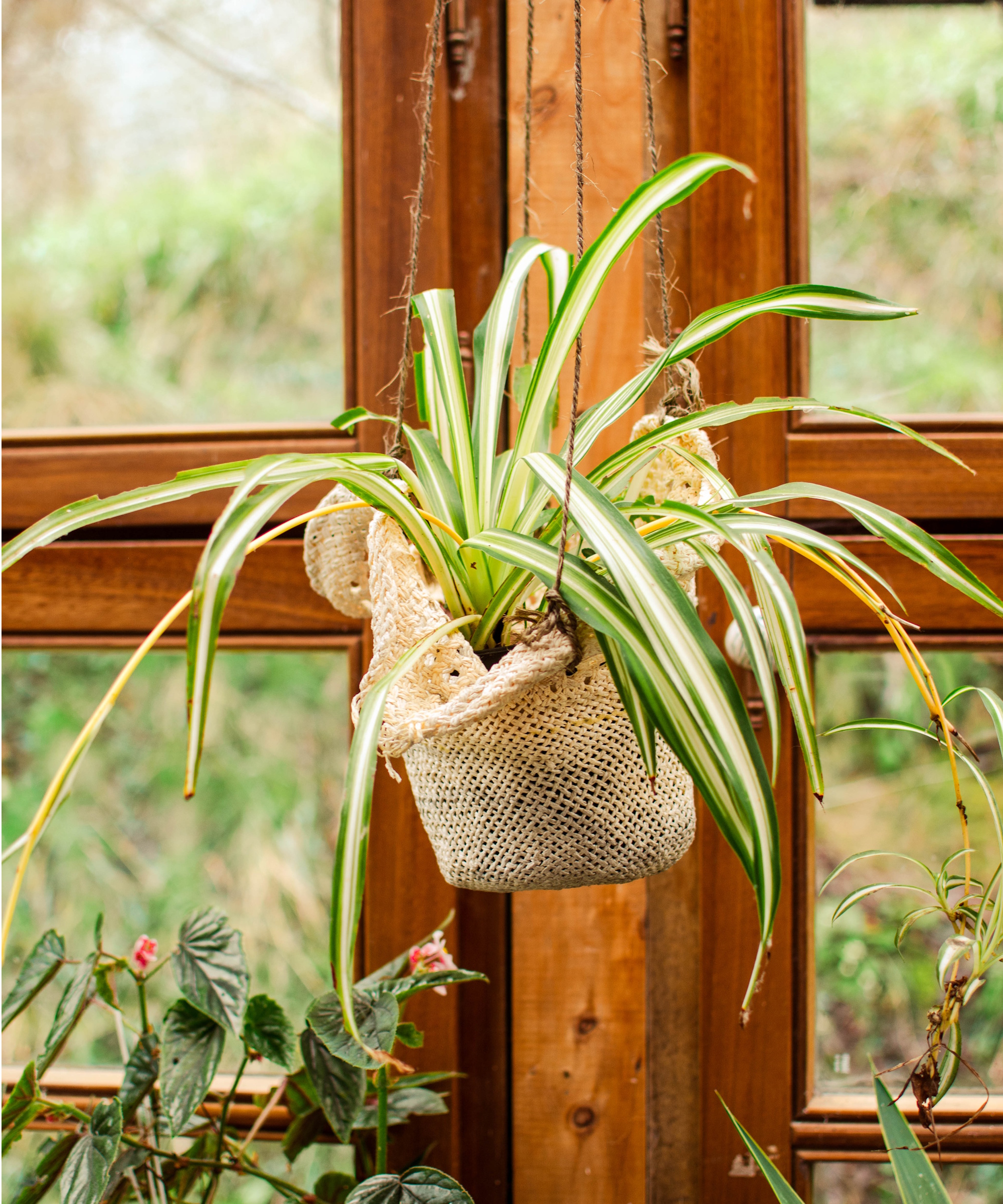
This is an instant eye-catcher and a beautiful vertical indoor garden idea that makes the most of vacant wall and ceiling space.
Design expertise in your inbox – from inspiring decorating ideas and beautiful celebrity homes to practical gardening advice and shopping round-ups.
It's most commonly used for water propagation, though you can easily adjust it for soil propagation by using propagation potting mix (from Amazon) in hanging planters. The hanging propagated 'spiderette' above demonstrates this.
You can also use a commercially available hanging propagation station, like this one from Amazon, or do a bit of DIY with some string, wooden slats, and small glasses or pots.
The key with this propagation station is not to overload it with weight, remembering that it's hung from the wall and will be fragile.
Likewise, make sure to avoid water propagation mistakes by regularly refreshing the water in each of the vessels.
2. Root Cuttings in an Eclectic Mix of Glasses
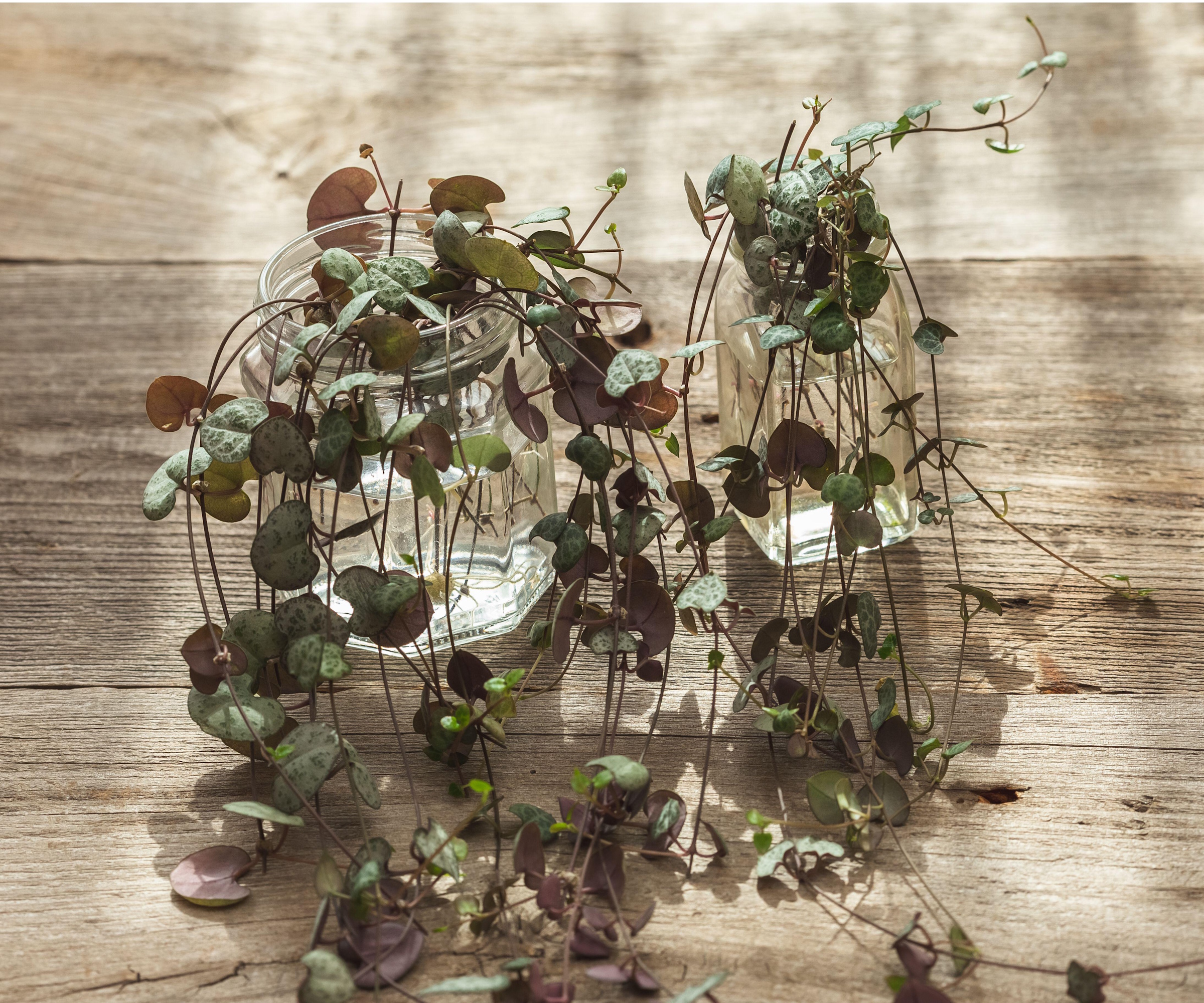
This is one of the propagation station ideas I fell in love with a couple of years ago and have gradually been incorporating into my own indoor garden.
It consists of a random, yet complementary, mix of glass vessels. Think of collector pieces from thrift stores, markets, and even repurposing old jam jars or bud vases. I find using a range of heights and shapes is the most effective for this look.
Of course, you can also get this look by purchasing a set of different shaped glass vessels. I particularly like this bud vase set from Amazon, with the different colors adding even more interest to the display.
Set up your glasses on a bright windowsill or dedicate a whole shelf to them. Just remember your cuttings will need lots of light to root, so you may also consider adding a grow light for houseplants above the glasses.
When choosing additions to your propagation station vessels, it's always best to choose transparent ones that allow you to observe root growth.
3. Set Up a Seed Propagation Station
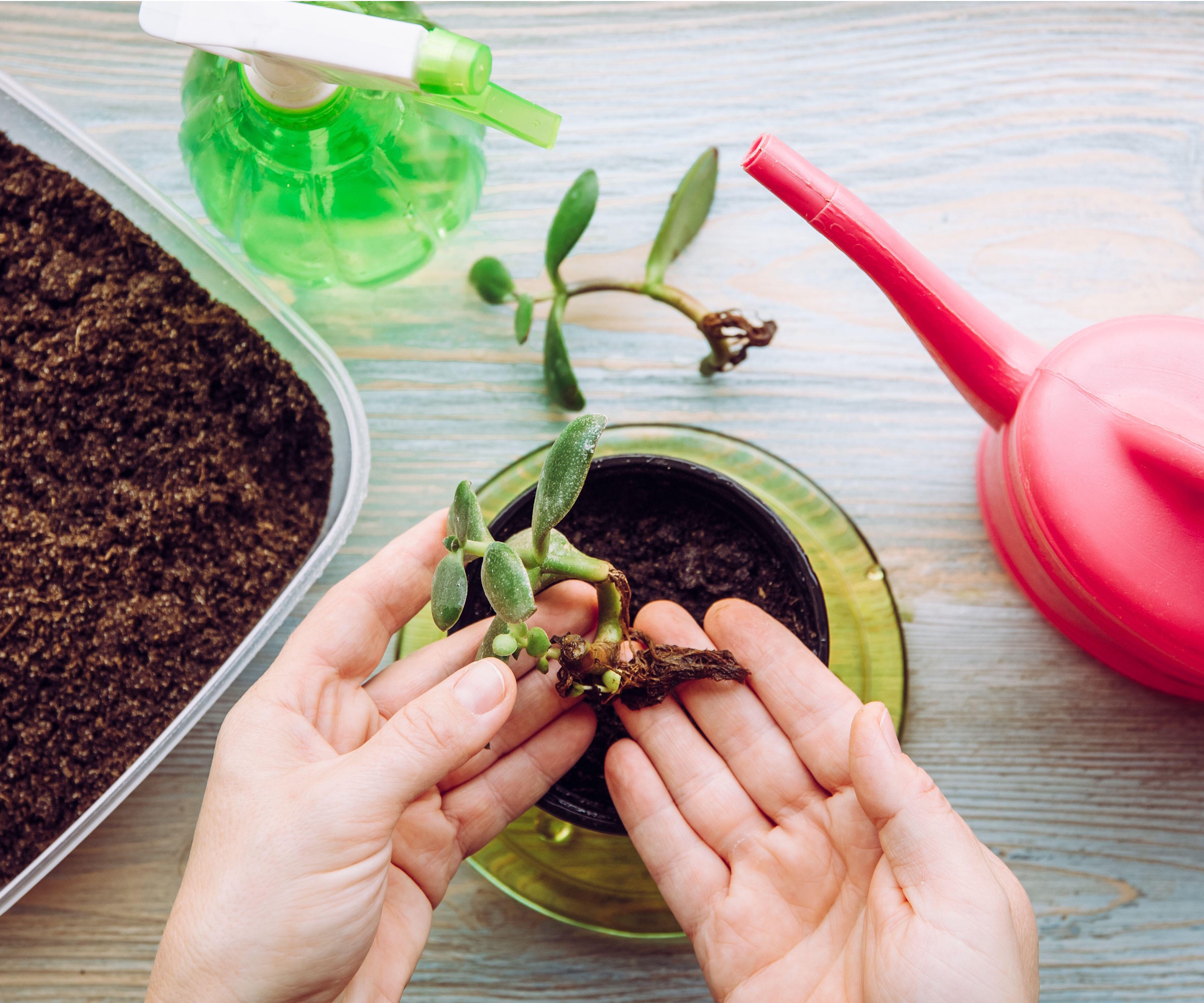
You may not think of growing houseplants from seed, but it is possible. It's a much more challenging form of houseplant propagation, but an arguably more rewarding one.
Dedicating a propagation station to houseplant seed growing is a great way to ensure you nail the environment for those seeds to grow.
This includes lots of warmth, so you may want to put in place a seedling heat mat (from Amazon), lots of light (with a grow light from Amazon), and, of course, vessels to hold seed starting potting mix (from Amazon).
For aesthetic value, display houseplant seed packets. This could be in a seed tin (from Amazon) or even these seed packets from Amazon, if you have saved your own houseplant seed.
I think a rustic edge of placing these seed-grown houseplants on a wooden shelf gives it a cozy feel.
Just be aware that this process can take a very long time, and there are plenty of houseplant propagation mistakes to avoid if you want it to be successful.
4. Create a Propagation Centerpiece
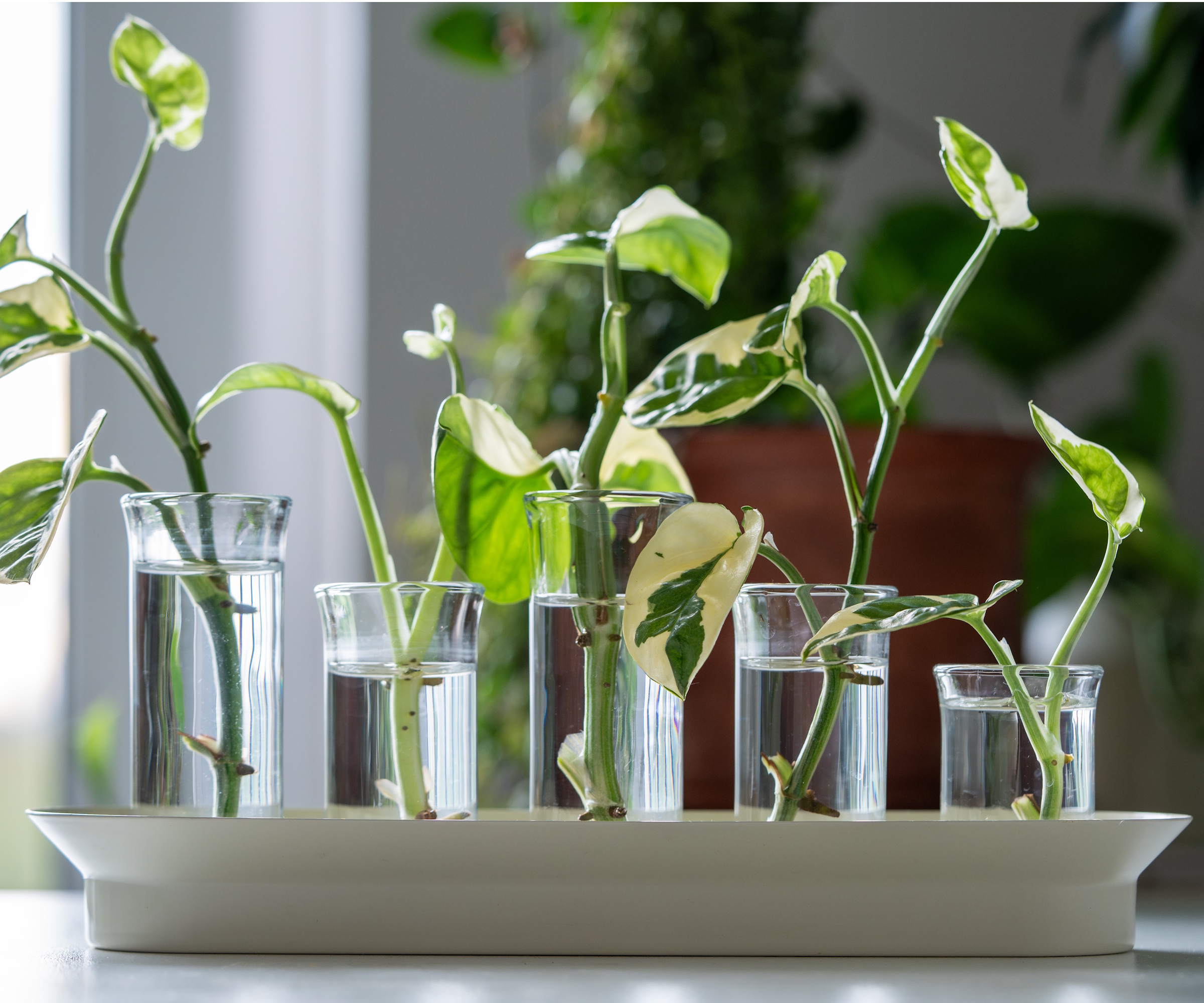
Cuttings can be incredibly beautiful, as you can enjoy the foliage and the fascinating root growth beneath water level. For this reason, I love incorporating my propagation stations in my tablescapes.
Of course, this does require having a bright enough dining area to ensure the cuttings are still growing in an optimal environment for rooting.
With propagation stations like this wooden propagation stand from Amazon, it's incredibly easy to create a centerpiece. The vessels are all positioned at different heights in a circular composition, perfect for displaying in the middle of a table.
For a DIY approach, use something like this mirrored tray from Anthropologie to house your different cuttings containers. Bonus: the surface will reflect the underside of the cutting foliage, allowing you and your guests to observe all parts of this mini science project.
5. Go Big on Cuttings
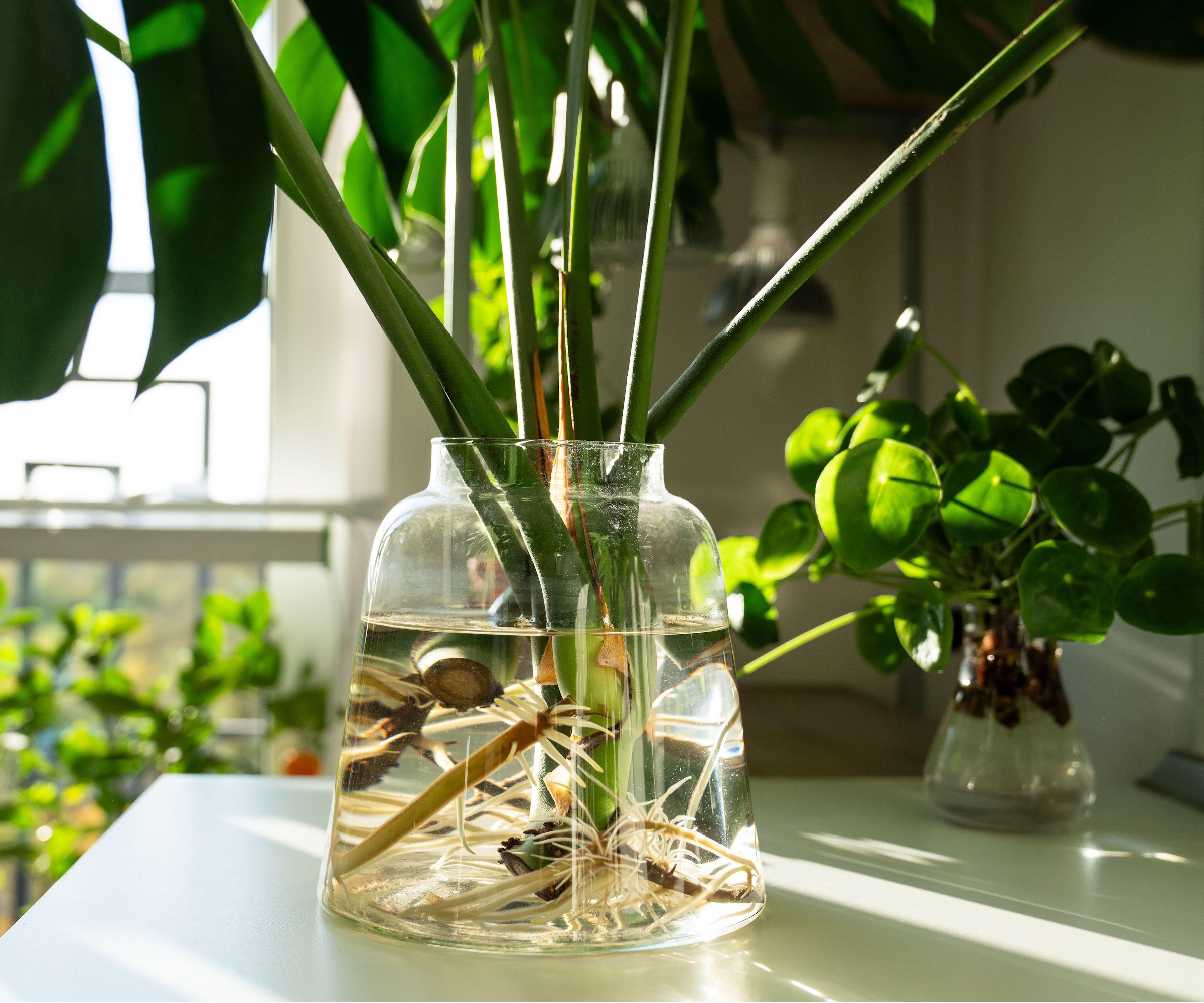
While we may often think of houseplant cuttings being small in size, some of the biggest, most showy houseplants can also be propagated from cuttings.
I've propagated a monstera from cuttings before, and it truly is a magnificent sight. A couple of big fenestrated leaves stick out of a glass vessel, which reveals a network of entangled roots. The aerial roots of these plants add to the drama.
You can also propagate rubber plants and propagate ZZ plants from cuttings in either water or soil, though water provides a much more striking display.
For this to work, you will need a large vessel to accommodate the size of the stems. A large flower vase (from Amazon) can work very well.
Displaying these large cuttings is a great way to ensure your indoor jungle still looks abundant in foliage, even after taking cuttings from your existing plants.
FAQs
Can I propagate cuttings on top of my refrigerator?
While the extra surface space of the top of your fridge can be tempting, it's a less-than-ideal environment to try and propagate houseplants. The reason for this is that cuttings rely on warmth to root well, and the cold of the fridge every time the door opens will only counter this. It's also a spot out of sight, which could result in less frequent watering, drying out your cutting and hindering its ability to root. Instead, find a sunny and warm spot, like a south-facing windowsill.
Once your propagation station is in place, you might want to turn your attention to speeding up houseplant propagation. I like to use tools like a heat mat (from Amazon) and even a rooting hormone for woodier houseplants.
Shop Beautiful Propagation Stations:

Tenielle is a Gardens Content Editor at Homes & Gardens. She holds a qualification in MA Magazine Journalism and has over six years of journalistic experience. Before coming to Homes & Gardens, Tenielle was in the editorial department at the Royal Horticultural Society and worked on The Garden magazine. As our in-house houseplant expert, Tenielle writes on a range of solutions to houseplant problems, as well as other 'how to' guides, inspiring garden projects, and the latest gardening news. When she isn't writing, Tenielle can be found propagating her ever-growing collection of indoor plants, helping others overcome common houseplant pests and diseases, volunteering at a local gardening club, and attending gardening workshops, like a composting masterclass.
